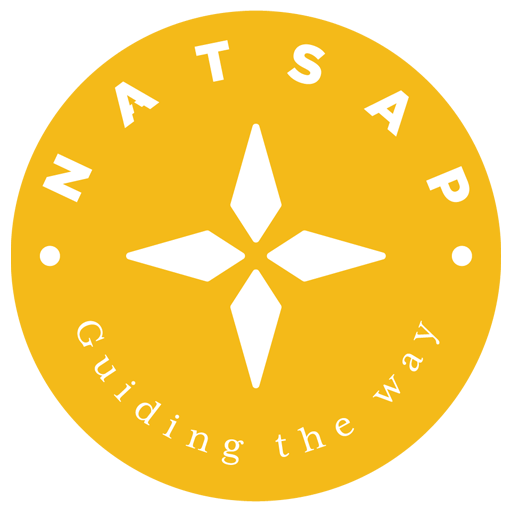Stronger Together: The Power of Associations
By Alec Stone, MA, MPA, Executive Director, NATSAP
Almost 30 years ago, Harvard University Professor Robert D. Putnam wrote Bowling Alone, a book that described how Americans were still participating in their beloved sport at the record levels. But while alleys were packed nightly, there were fewer organized leagues than ever before. This strange, reverse phenomenon found that people still enjoyed bowling, just not through a sense of belonging. Dr. Putnam recently was involved in a new documentary film called JOIN OR DIE: A movie about why you should join a club (joinordiefilm.com) about the fate of democracy based on the connections between and within communities, suggesting the need for more formal engagement in groups, societies, and associations. The clip’s title, perhaps a bit severe, remains poignant though that social networks have real value.
Furthering this point, the American Society of Association Executives just released a survey highlighting “that society is better, safer, and smarter because of work that associations do.” Some of the key findings include, but are not limited to:
- Associations are perceived as playing a critical and highly valued role in society.
- Transformative thinking exists in associations, but not to the degree that it could.
- Associations should develop more innovative communication strategies, increase partnerships, and promote discussions around big topics of shared importance.
- Among associations that pursue high-impact projects, few formally recognize the role that evidence plays in helping them build stronger, more impactful initiatives.
- Associations found new ways of working together by developing formal coalitions, leveraging the collective expertise.
The findings revealed that association members look to their professional homes to be models of excellence. That societies should generate opportunities for those in the industry to network and communicate on the issues most relevant to their own priorities, both individually and as a larger group. Strikingly, 89 percent of trade associations members said that their own association should be a “trusted source” and a reason to remain active in the group.
Perhaps most importantly, and an element for which NATSAP takes considerable pride in, is the need for respective associations to have integrity and authority. The outside accreditation by the Joint Commission, CARF, NIPSA, and others allow the Association to maintain the highest standards, responding to critics who seek to defame the mental and behavioral health field.
Additionally, advocacy, awareness, and activities topped the list of reasons to join an association. Overwhelmingly members like that their trade association champions the causes for the entire environment. It means that while an individual should make a difference, together we are stronger and can affect real change. And that is what NATSAP continues to do for therapeutic schools and programs.
Conservative, liberals, academic scholars, and social advocates all agree with Dr. Putnam’s thesis. The fabric of American society is woven together by being together. He stresses that “social networks have value.” For 25 years NATSAP has created a safe space for member schools and programs to learn, grow, and promote our values, and the positive impact that professionals in the field do for the people they serve. Thank you for being part of this great communal experience!
